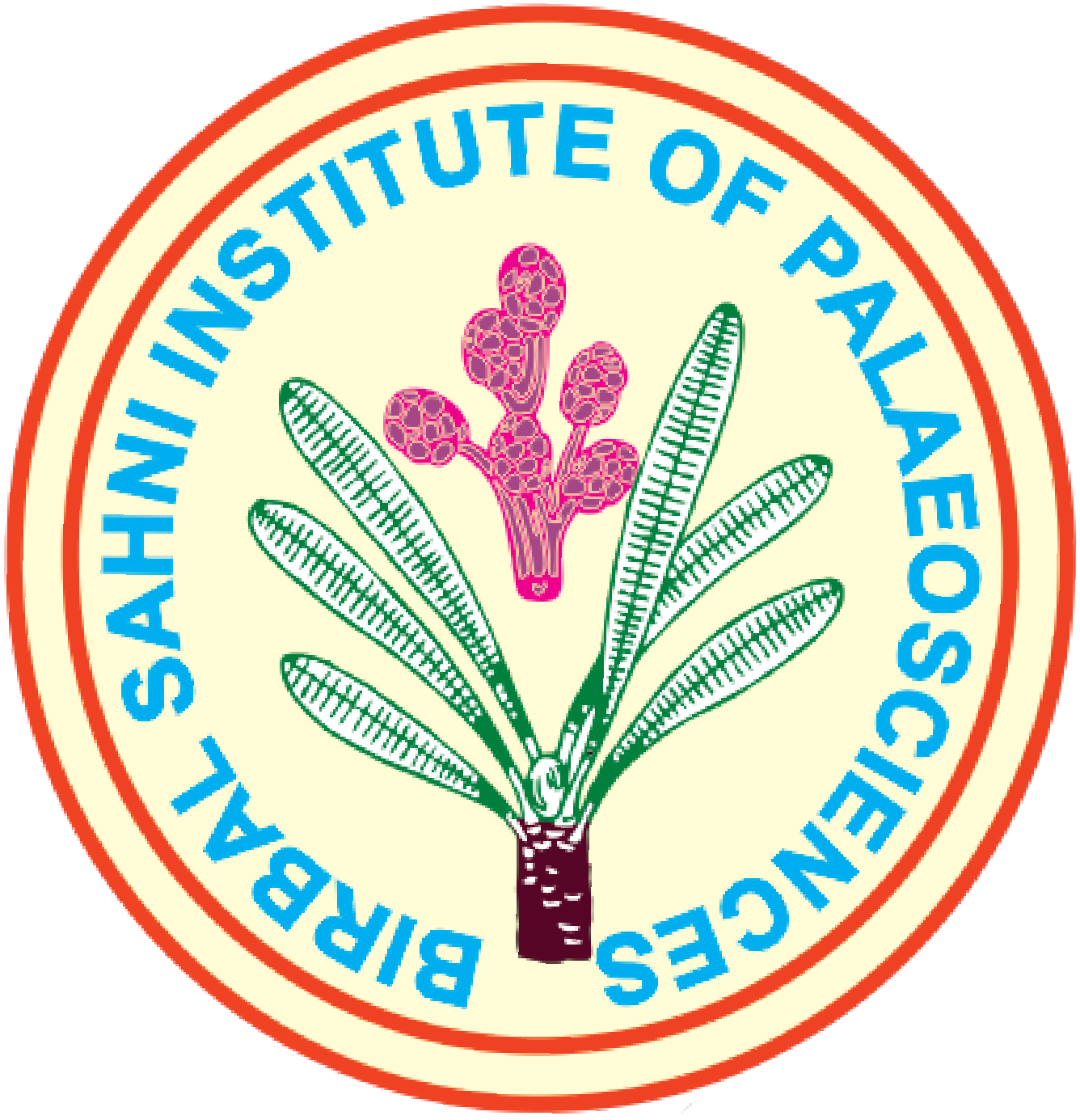A male flower of the Pentoxyleae with remarks on the structure of the female cones of the group
DOI:
https://doi.org/10.54991/jop.1953.435Abstract
Under the name of Sahnia nipaniensis gen. et sp. nov. the author describes some specimens which he believes to be the male flowers of the Pentoxyleae. These were borne apically on dwarf shoots closely resembling those of Pentoxylon Sahnii Srivastava. The flower consists of filiform spirally branched microsporophylls, fused proximally to form a disc which surrounds a broad and conical receptacle. The unilocular sporangia are borne at the ends of short branches of the sporophylls. Pollen grains are monocolpate and boat-shaped. In young flower the microsporophylls are surrounded by a whorl of deciduous bracts.
The infructescence of Carnoconites laxum and several specimens (showing longitudinal section) of the infructescence of C. compactum have also been discovered. The infructescence of C. laxum differs from that of C. compactum in having much shorter pedicels and much longer female cones. The infructescence of C. compactum differs from the reconstruction made by Professor Sahni in the absence of bifurcation of the pedicels and in the arrangement of the cones.
Downloads
Metrics
References
Pearson, H. H. W. (1898). Anatomy of the seedling of Bowenia spectabilis Hook. Ann. Bot. 12(48): 475-490.
Rao, A. R. (1943). The structure and affinities of Taeniopteris spatulata McCl. Proc. Nat. Acad. Sci. India. 13: 333-355.
Sahni, B. (1932). Anatomical proof of the Cycadophyte affinities of Taeniopteris spatulata. Proc. 19th Ind. Sci. Cong. Bangalore: 322.
Idem (1938). Recent advance in Indian palaeobotany. Pres. Addr. to botany sect. proc. 25th Ind. Sci. cong. Calcutta: 133-176. Reprinted as Lucknow Univ. Studies. 2: 1-99.
Idem (1948). The Pentoxyleae: A new group of Jurassic gymnosperms from the Rajmahal hills of India. Bot. Gaz. 110(1): 47-80.
Scott, D. H. (1923). Studies in fossil botany. 2. London.
Seward, A. C. (1917). Fossil plants. 3. Cambridge.
Srivastava, B. P. (1935). On some silicified plant remains from the Rajmahal series of India. Proc. Ind. Sci. Cong. Calcutta: 285.
Idem (1937). Studies on some Indian plant remains from the Rajmahal series. Proc. 24th Ind. Sci. Cong. Hyderabad: 273-274.
Idem (1946). Silicified plant remains from the Rajmahal series of India. Proc. Nat. Acad. Sci. India. 15: 185-211.
Vishnu-Mittre (1953). The male flower of Pentoxyleae with remarks on the structure of the female cones of the group. Abstract. Proc. 40th Session Ind. Sci. Cong. Lucknow. Pt. 3: 112.
Worsdell, W. C. (1906). The structure and the origin of the Cycadaceae. Ann. Bot. 20(78): 129-161.
Downloads
Published
How to Cite
Issue
Section
License

This work is licensed under a Creative Commons Attribution-NonCommercial 4.0 International License.









